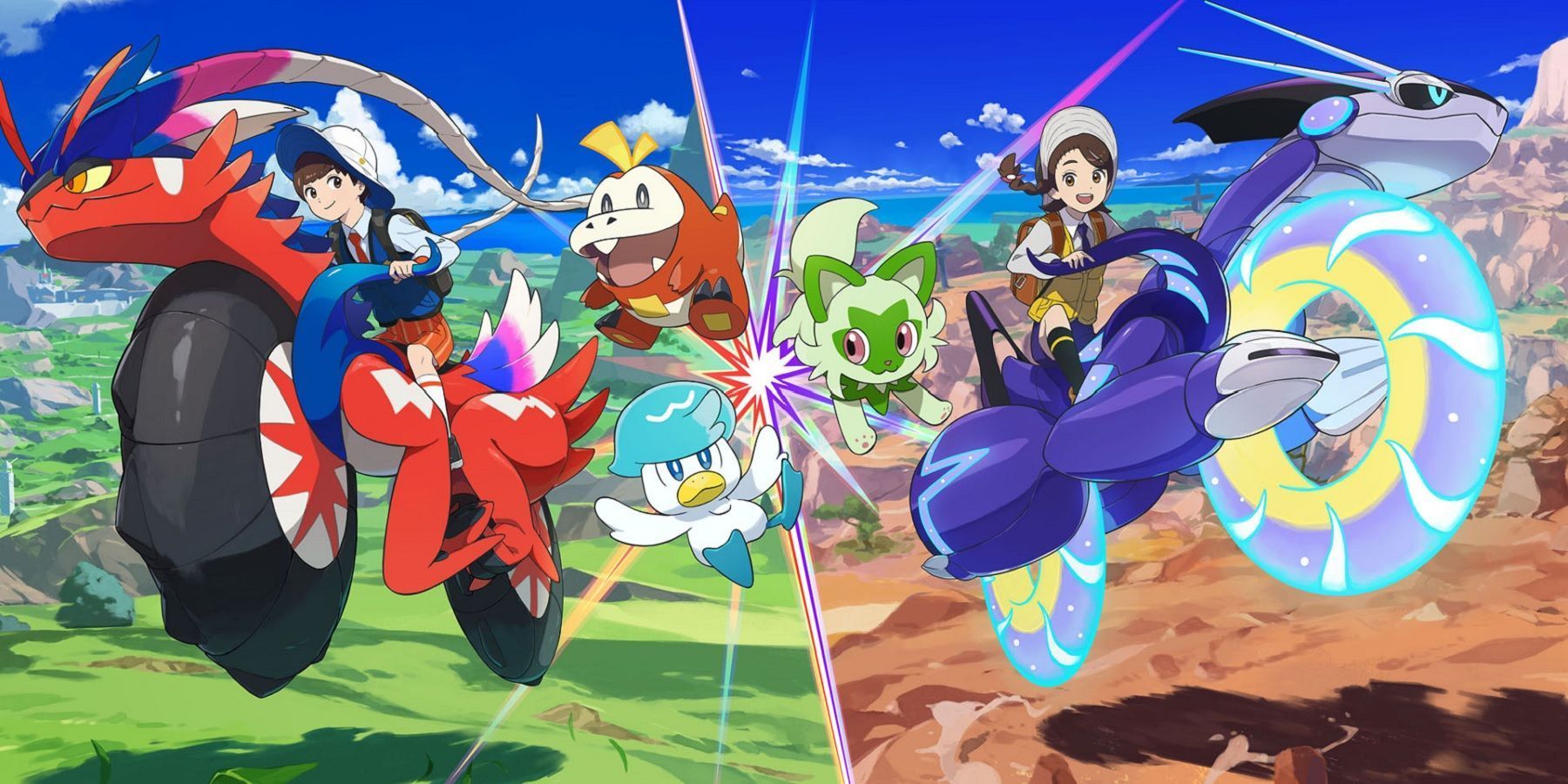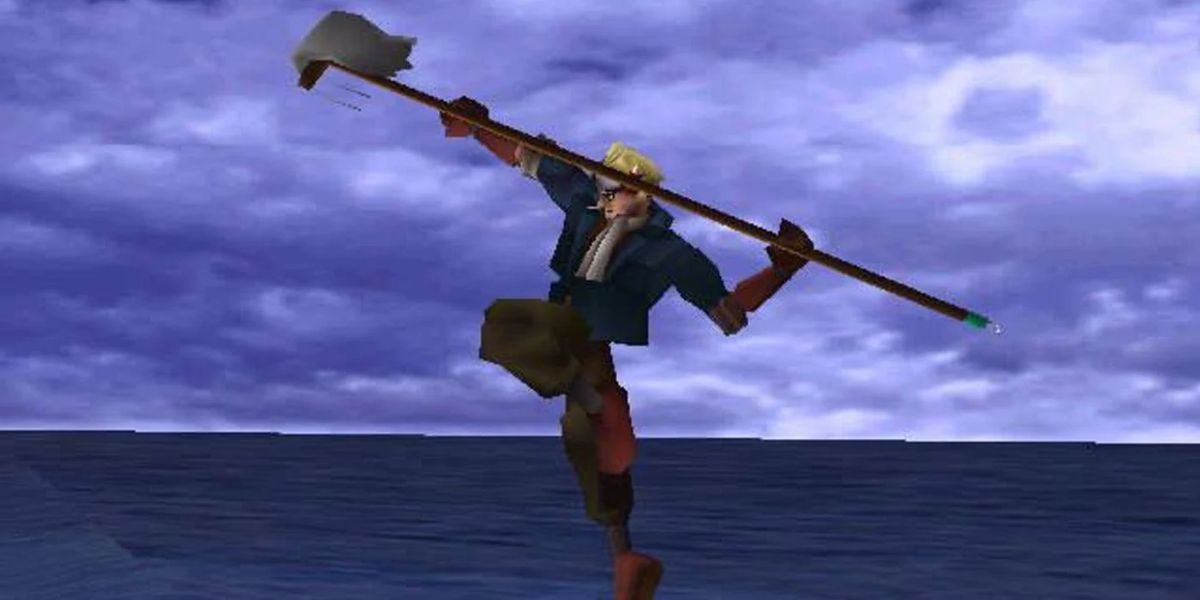Role-playing games have been around a lot longer than even the very first video game, with their origin dating all the way back to Ancient China during the Han dynasty, where troupes of "players" would perform improvised battles with stock characters and props. Of course, the RPG genre became official with the launch of tabletop RPGs like Dungeons and Dragons. Very soon after, the video game RPG genre was born, with Rogue and Akalabeth releasing in 1980. Since then, the RPG genre has grown exponentially, becoming one of the most popular gaming genres out there filled with its own set of unique tropes, such as the 'Late character syndrome' trope.
Over the last four decades, the RPG video game genre has come quite a long way, going from text-based adventures to fully-fledged, 100-hour open-world experiences. As technology has advanced, so has the genre, spawning its own set of tropes that quickly become baked into the DNA of the genre over the course of years. While some of these tropes are incredibly easy to spot, some are a little more subtle, and the 'Late character syndrome' trope is more of the latter.
The 'Late Character Syndrome' Gaming Trope Explained
The 'Late character syndrome' gaming trope is a pretty easy one to explain. During the course of an average RPG, players will meet a series of allies along their journey. These allies can then be added to the player's party, which the player can then take out on missions. Most RPGs limit the player to having just two or three party members at once, so players need to choose their companions carefully.
The 'Late character syndrome' trope relates to how these party members are leveled up. In most RPGs, only those allies who accompany the player in their party receive experience for completing missions and killing enemies. These characters can then be leveled up alongside the player so that the party remains balanced throughout the adventure. However, when an ally is introduced towards the end of a game, the player is left with an awkward choice; either they can keep progressing easily with their experienced party, or they can halt their progress and choose to spend hours leveling up this new character. This often leads to players simply relegating their endgame characters to the bench, not seeing their abilities until the post-game, if the title has one.
The Best Examples of the 'Late Character Syndrome' Trope in Gaming
The 'Late character syndrome' trope can be found in the vast majority of role-playing games, but it's especially prevalent in those that have released in the last 20 years or so. The Final Fantasy franchise, for instance, has this trope in abundance. The 'Late character syndrome' gaming trope can be found in Final Fantasy right from its very beginnings, with Final Fantasy 2's fourth party members being largely useless by the time the player finds them. Even Final Fantasy 7 sees this trope come to fruition, with Cid not joining Cloud's team until right before the end of Final Fantasy 7's first disc, leaving his Limit Breaks far weaker than the rest of the team's.
The Persona franchise also sees the 'Late character syndrome' trope appear far more than once. Even the most recent entry in the mainline series, Persona 5, isn't free of this trope, with Haru Okumura's Confidant level not opening up until quite late in the game. Even the family-friendly Pokemon series is plagued by the 'Late character syndrome' trope, with players tending to keep their Pokemon team largely the same once they've found the right monsters for the job and have leveled them up enough, dooming those found in the late game to a life on Bill's PC.



